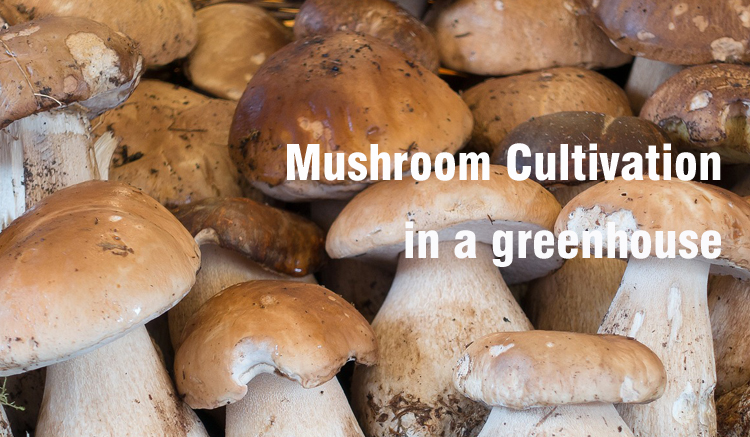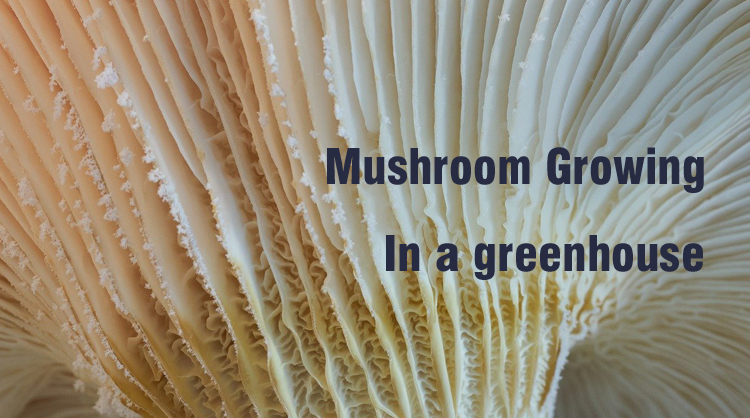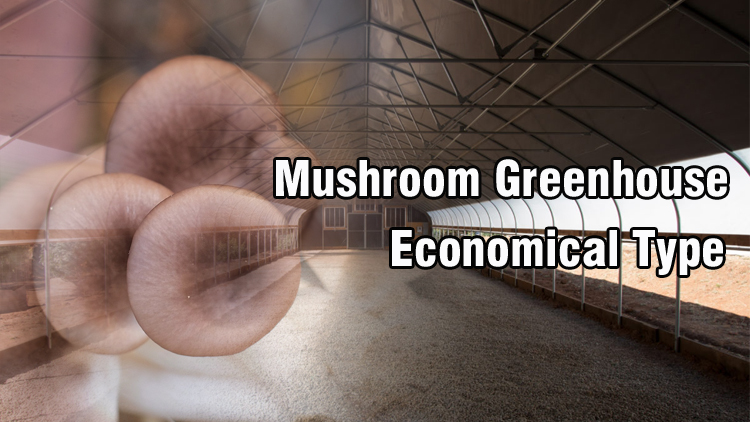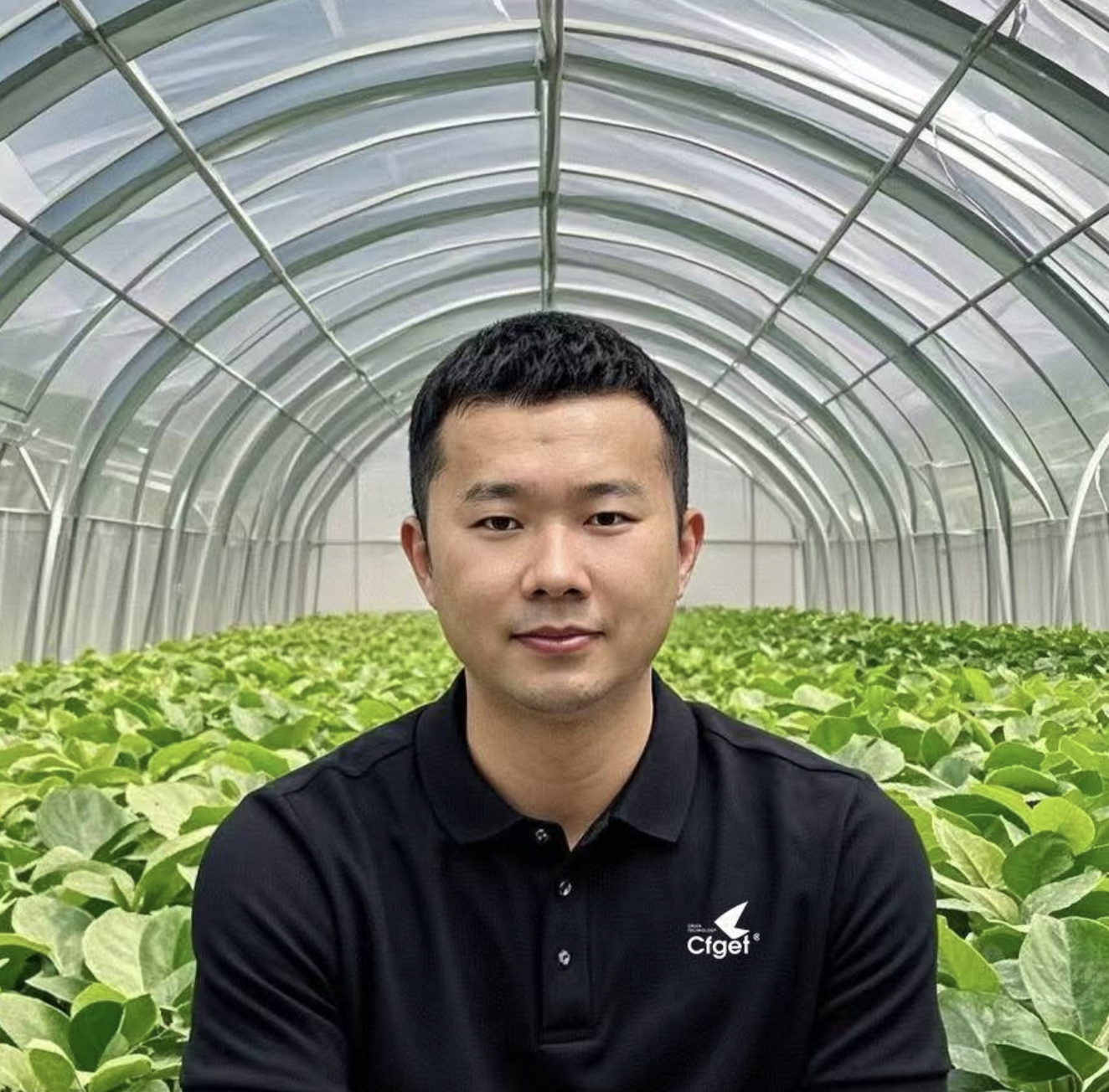If you are a new hand about growing mushrooms, this blog will be suitable for your demands. Generally, growing mushrooms in a greenhouse can be a rewarding and relatively simple process. Here is a general guide to help you get started, let’s have a look!

1. Choose the right mushroom species:
Different mushrooms have different growth requirements. Popular choices for greenhouse cultivation include oyster mushrooms, shiitake mushrooms, and white button mushrooms. Research the specific requirements of the mushroom species you want to grow.
2. Prepare the substrate:
Mushrooms need a suitable substrate to grow on. Common substrates include straw, sawdust, wood chips, and compost. Some mushroom species may require specific substrate preparations such as sterilization or pasteurization. Follow the recommended substrate preparation method for your chosen mushroom species.


3. Inoculation:
Once the substrate is prepared, it's time to introduce mushroom spawn. Spawn is a colonized substrate that contains the mushroom mycelium—the vegetative part of the fungus. You can purchase spawns from specialized suppliers. Distribute the spawn evenly throughout the substrate, following the recommended density for your chosen mushroom species.
4. Provide optimal growing conditions:
Maintaining the right environmental conditions is crucial for mushroom growth. Here are some key factors to consider:
1) Temperature: Different mushroom species have different temperature requirements. Generally, a temperature range of 55-75°F (13-24°C) is suitable for many species. Monitor and adjust the temperature accordingly.

2) Humidity: Mushrooms require high humidity levels to grow successfully. Use a humidifier or mist the growing area regularly to maintain humidity levels between 70-90%. You can also cover the growing containers with plastic to retain moisture.
3) Light: Most mushrooms do not require direct sunlight and prefer diffused or indirect light. A small amount of ambient light is usually sufficient. Avoid exposing mushrooms to direct sunlight, as it can cause heat buildup and drying.
4) Ventilation: Good airflow is essential to prevent the buildup of carbon dioxide and control humidity levels. Install fans or vents to ensure proper air circulation in the greenhouse.
5) Manage watering: Mushrooms need consistent moisture throughout their growth cycle. Monitor the substrate moisture content and water as needed. Avoid overwatering, as it can lead to bacterial or fungal contamination.
Based on these growing conditions, it’s better to use a greenhouse for mushroom cultivation. Because we can precisely control the growing environment in a greenhouse. There may be some mushroom greenhouse types that you are interested in.
5. Control pests and diseases:
Keep a close eye on your mushroom crop and promptly address any signs of pests or diseases. Remove any contaminated or diseased mushrooms and maintain good hygiene in the greenhouse.
If you follow these steps to use the greenhouse, then you are bound to have a good mushroom yield. Feel free to contact us to discuss further details.
Phone: +86 13550100793
Email: info@cfgreenhouse.com
Post time: Jul-04-2023







 Click to Chat
Click to Chat